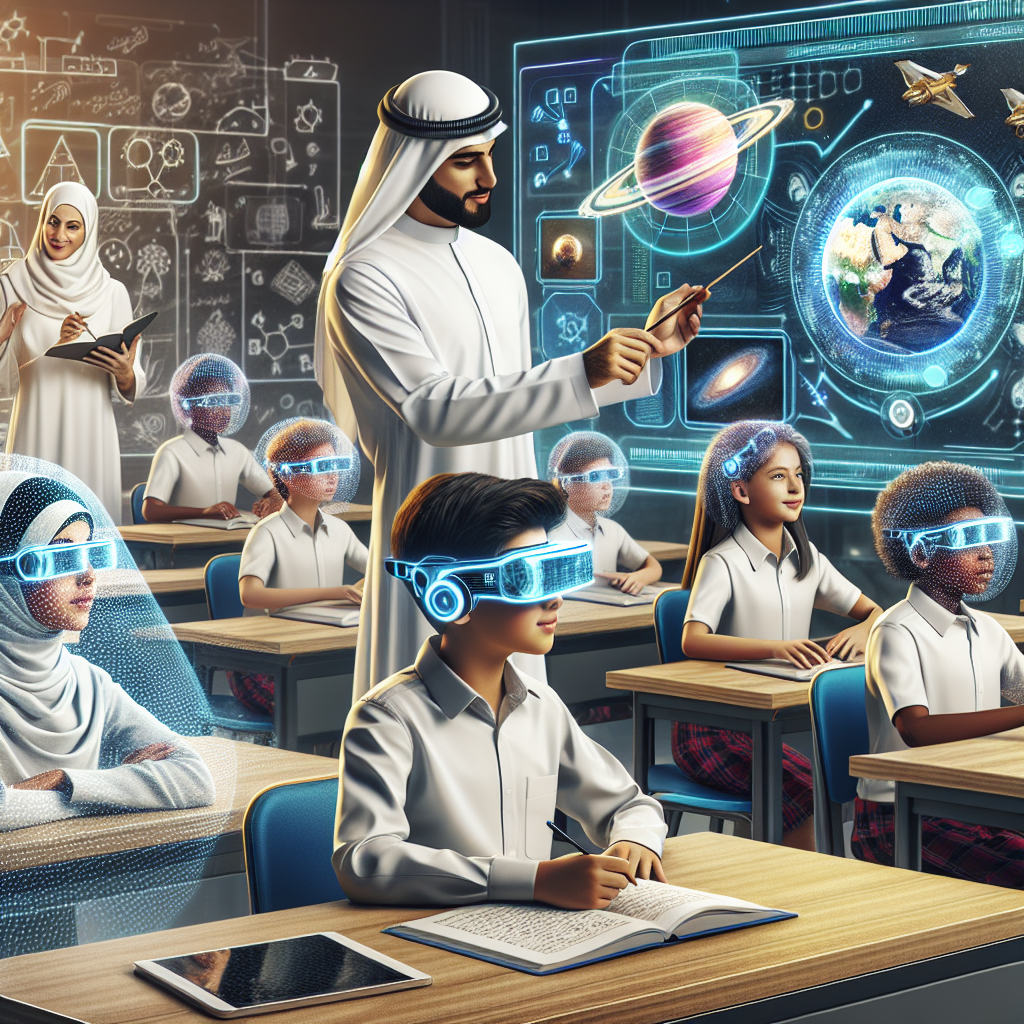In recent years, artificial intelligence (AI) has been revolutionizing various industries, and education is no exception. AI-driven solutions have the potential to enhance the learning experience for students, provide personalized learning opportunities, and streamline administrative tasks for educators. In this article, we will explore the ways in which AI is being used in education and how it can benefit both students and teachers.
One of the key ways in which AI is enhancing education is through personalized learning. AI algorithms can analyze a student’s learning style, strengths, and weaknesses, and tailor educational content to meet their individual needs. This personalized approach can help students learn at their own pace, focus on areas where they need improvement, and ultimately achieve better academic outcomes.
AI-driven solutions can also provide real-time feedback to students, allowing them to track their progress and make adjustments as needed. For example, AI-powered tutoring programs can provide instant feedback on practice exercises, helping students identify and correct mistakes in real-time. This immediate feedback can improve learning outcomes and help students stay engaged and motivated.
AI can also help educators streamline administrative tasks, such as grading assignments, creating lesson plans, and managing student data. By automating these routine tasks, teachers can free up more time to focus on teaching and providing individualized support to students. This can lead to more efficient and effective classroom instruction, ultimately benefiting students and educators alike.
Another way in which AI is enhancing education is through the use of virtual reality (VR) and augmented reality (AR) technologies. These immersive technologies can provide students with engaging and interactive learning experiences, allowing them to explore virtual environments, conduct experiments, and solve complex problems in a hands-on way. This can help students better understand and retain information, as well as develop critical thinking and problem-solving skills.
AI-driven solutions can also help identify and address learning gaps in students. By analyzing data on student performance and behavior, AI algorithms can identify areas where students are struggling and provide targeted interventions to help them improve. This personalized support can help ensure that all students have the opportunity to succeed and reach their full potential.
Despite the many benefits of AI-driven solutions in education, there are also challenges and concerns that need to be addressed. One common concern is the potential for bias in AI algorithms, which can lead to unfair treatment or discrimination against certain groups of students. It is important for educators and developers to be aware of these biases and take steps to mitigate them, such as using diverse and representative data sets and regularly reviewing and updating algorithms.
Another challenge is the need for proper training and support for educators in using AI-driven solutions effectively. Teachers may require additional training to understand how to integrate AI technologies into their instruction, interpret data insights, and provide appropriate support to students. Schools and districts may need to invest in professional development programs to ensure that educators are equipped with the knowledge and skills needed to effectively leverage AI in the classroom.
In conclusion, AI-driven solutions have the potential to enhance education by providing personalized learning opportunities, real-time feedback, and immersive learning experiences. By leveraging AI technologies, educators can streamline administrative tasks, identify and address learning gaps, and improve overall student outcomes. While there are challenges and concerns that need to be addressed, the benefits of AI in education are clear. As AI continues to evolve and advance, its impact on education is likely to grow, providing new opportunities for students and teachers alike.
FAQs:
Q: How can AI be used to personalize learning for students?
A: AI algorithms can analyze a student’s learning style, strengths, and weaknesses, and tailor educational content to meet their individual needs. This personalized approach can help students learn at their own pace, focus on areas where they need improvement, and ultimately achieve better academic outcomes.
Q: What are some examples of AI-driven solutions in education?
A: Examples of AI-driven solutions in education include personalized tutoring programs, virtual reality and augmented reality technologies, and data analytics tools for identifying learning gaps in students.
Q: What are some challenges of using AI in education?
A: Some challenges of using AI in education include the potential for bias in AI algorithms, the need for proper training and support for educators, and concerns about data privacy and security.
Q: How can educators address bias in AI algorithms?
A: Educators can address bias in AI algorithms by using diverse and representative data sets, regularly reviewing and updating algorithms, and being aware of potential biases in the technology they are using.
Q: How can AI help streamline administrative tasks for educators?
A: AI can help streamline administrative tasks for educators by automating routine tasks such as grading assignments, creating lesson plans, and managing student data. This can free up more time for teachers to focus on teaching and providing individualized support to students.

